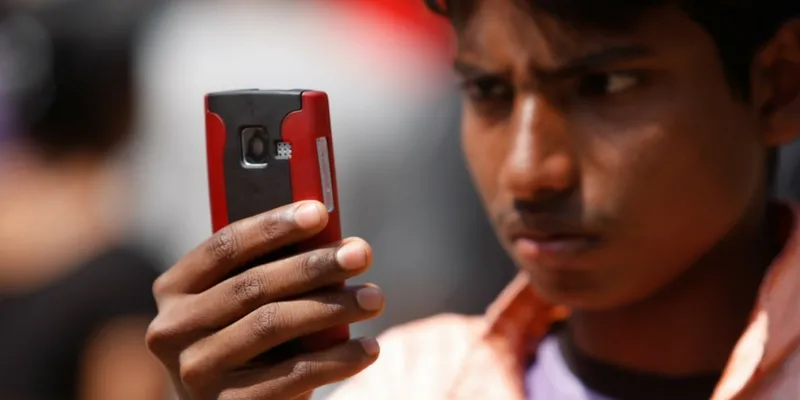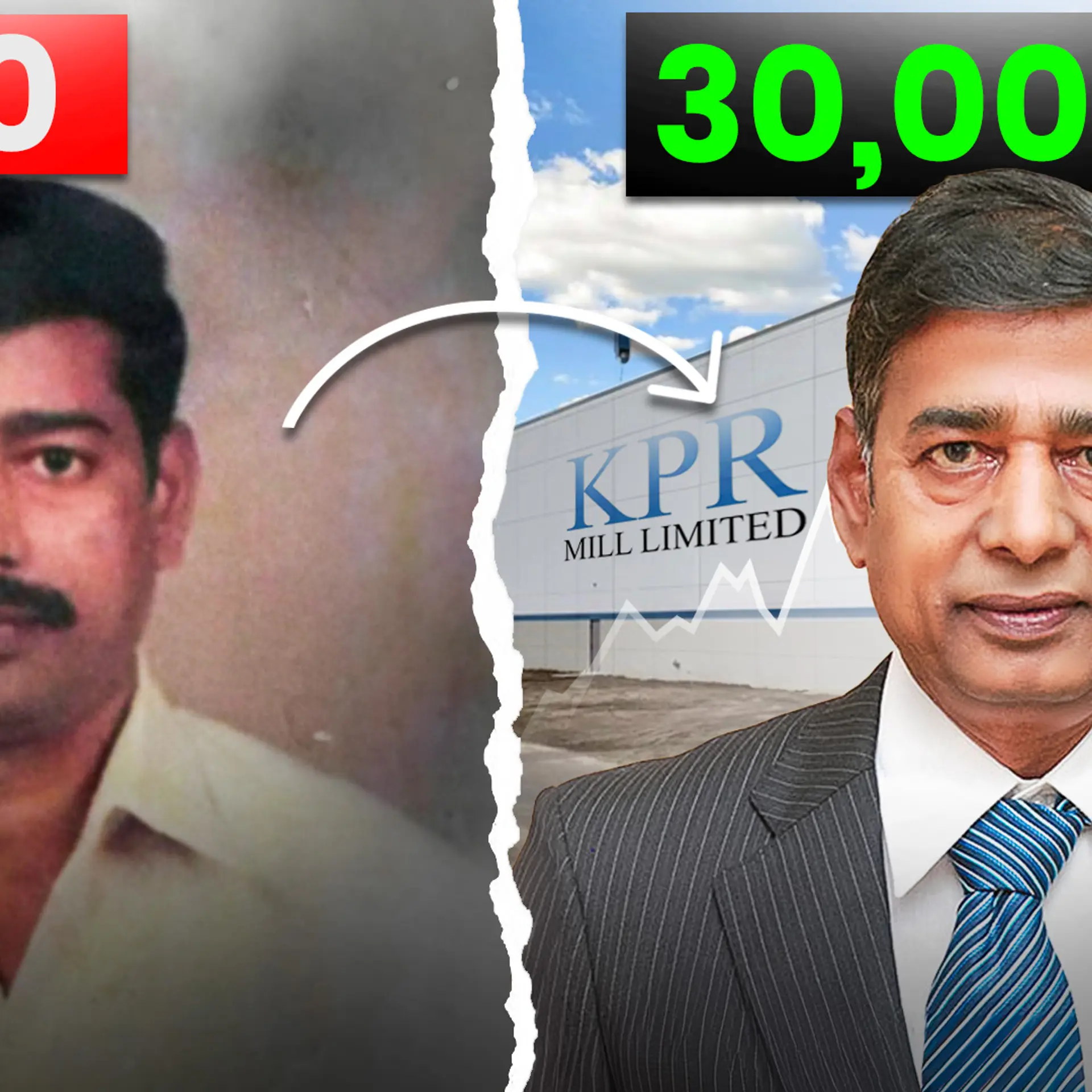The Pakistan telecom story: will the promise of growth hold?
The political turmoil that Pakistan underwent over the past few decades resulted in blowback for its industrial growth. In recent years, however, a growing stability in the region has translated to the blossoming of certain business sectors, chief among which is telecommunications.
The dawn of the 21st century saw Pakistan’s telecom sector emerge as one of the fastest growing sectors across Asia and in 2008, it was the third-fastest growing in the world. The growth has continued unhindered till date and as of January 2017, out of a population of nearly 200 million, 72 percent are mobile service subscribers, 23 percent are active internet users, and 16 percent are active on social media.
The use of smartphones is on the rise as well with 11 percent of the population using them instead of conventional phones – a significant jump from the three percent in 2013. Concurrently, the use of internet and social media on mobiles has gone up to 70 percent and 14 percent respectively.

Source: Flickr
But all’s not well in Pakistan’s telecom industry. Its revenues have struggled to keep pace, despite the growing user base and the operating presence of several global telcos in the country which garnered $1.90 billion in foreign direct investment in 2015-16. Before we delve into the specifics of the current market scenario for telecom in Pakistan, a brief recap of its evolution is in order.
The formative years
It was the establishment of the Pakistan Posts & Telegraph Department in 1949 and then the Pakistan Telephone & Telegraph Department in 1962 that laid the foundation for the country’s telecom industry. In 1991, the Pakistan Telecommunication Corporation Act saw the Pakistan Telecommunication Corporation (PTC) take over operations and functions of the aforementioned departments. Pursuing a progressive policy through which it aimed to encourage private sector participation, the Pakistan government then announced plans to privatise PTC.
In 1996, following in the footsteps of Bill Clinton’s decision to create an open marketplace for telecommunications in the US, Pakistan enacted the Telecommunication (Reorganization) Act 1996. Under this initiative, PTC was successfully privatized to Pakistan Telecommunication Corporation Limited (PTCL); listed on all stock exchanges of Pakistan and granted a monopoly of Pakistan's telecom industry, even today it remains its biggest player.
Liberalisation – entry of private and foreign players
Despite being the leading telecommunication company in Pakistan, PTCL’s monopoly was diluted due to a comprehensive liberalisation policy issued by the Pakistani government in 2003. This ground-breaking directive opened the telecom market to private operators for fixed-line connections and introduced much-needed competition in the cellular mobile sector.
The Norwegian Telenor Group was the first telco to take advantage of the new market opportunity in Pakistan. It launched its services in 2005 and is today the second-largest provider of mobile services in the country, with nearly 40 million subscribers spread across 3,500 cities and towns. Telenor Pakistan also has the largest 3G coverage in the country with a presence in over 300 cities.
Around the same time as Telenor’s entry into Pakistan, the country’s government decided to sell 26 percent of the state-owned PTCL’s shares to a private company. The decision was met with country-wide protests and strikes by PTCL staff. After much contention and military intervention, the strife came to an end when the government agreed to a 30 percent increase in the salaries of workers.
Abu Dhabi-based Etisalat bought the 26 percent of PTCL shares on offer and assumed management control, while another 12 percent of PTCL shares were sold to the public. Today, PTCL owns GSM cellular service provider Ufone, the fourth-largest mobile service in Pakistan in terms of subscribers. It has, however, been overshadowed in recent years by Jazz, Telenor, and Zong.
Jazz, formed by the merger of Warid and Mobilink in 2015, is the largest mobile network in Pakistan serving over 50 million subscribers. Zong, founded in 2008 as a wholly-owned subsidiary of China Mobile, is leading Pakistan’s 4G sector with a 75 percent market share and has plans to invest over $200 million in the country’s telecom industry in the coming year.
Despite witnessing such promising growth in the last decade, Pakistan’s telecom industry isn't doing as well as one might expect. The sector continues to be plagued by several problems that pose credible threats going forward:
Plunging revenues
Cellular revenues in 2015-2016 stood at Rs 348.8 billion, which after factoring in inflation and rupee depreciation is a paltry increase from the Rs 317 billion recorded in 2014-2015. A similar problem exists with data revenues in the country, which grew only 26 percent from 2015 to 2016 despite data usage recording a massive 350 percent increase in the same duration. Overall, the Average Revenue Per Minute (ARPU) in Pakistan has gone down from Rs 1.68 in 2010-11 to just Rs. 0.60 in 2015-16, making it one of the lowest in the world.
Stunted 3G and 4G network
Last year, ministers in Pakistan announced that the government was soon planning to launch 5G cellular services in the country. But this claim is highly ambitious considering the poor state of 3G and 4G services in the country. According to an OpenSignal global report published in August 2016, the overall average connectivity of 3G and 4G networks in Pakistan stands at a paltry 3.33 Mbps while the network availability is a low 63.47 percent. Among the 95 countries considered for the report, Pakistan is one of the few which is still in the early stages of LTE development and the completion of its 3G network. Furthermore, a white paper published by the Global System Mobile Association (GSMA) in association with Deloitte earlier this year revealed that only 10 percent of Pakistanis have a 3G or 4G connection.
Burdened by heavy taxation
While the Pakistan Telecommunications Authority offered the 4G spectrum for auction in May 2017, it did not receive the expected response from operators. This is blamed on the taxes levied on the telecom sector which, with a 19.5 percent sales tax and 14 percent withholding tax, are among the highest in the world. According to reports, the telecom industry paid Rs 158 billion in taxes in 2015-2016 which amounts to 34.7 percent of the sector’s total revenues for that year. The heavy taxation has led certain operators, chiefly Middle-Eastern ones like Oman Tel and Qtel, to leave the market in recent months.
Grey traffic
Another problem that plagues Pakistan’s telecom industry is grey traffic, defined as the illegal routing of calls to/from the country to avoid applicable taxes and regulatory fees. According to the PTA, the sector loses an estimated $1 billion in revenues due to this and, despite raids conducted by the regulatory body in 2016, the issue remains as prevalent as ever.
Clearly, Pakistan’s telecom industry is one of the most promising not only in Asia but in the world — but only in terms of growth. Unless critical issues such as poor network quality, high taxes, and grey traffic are addressed and the return on investment for foreign investments improved, the burgeoning industry won’t be able to capitalise on the promise it holds.







